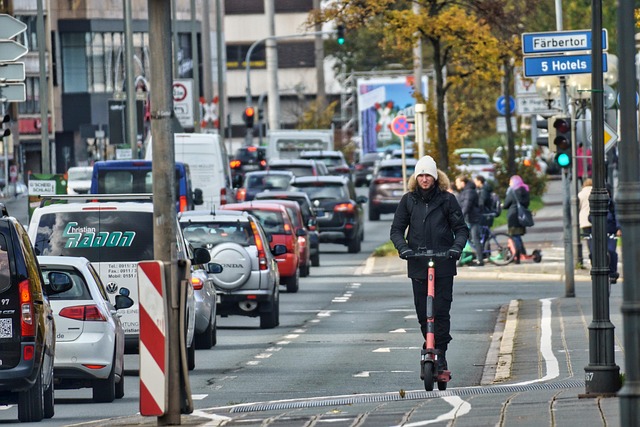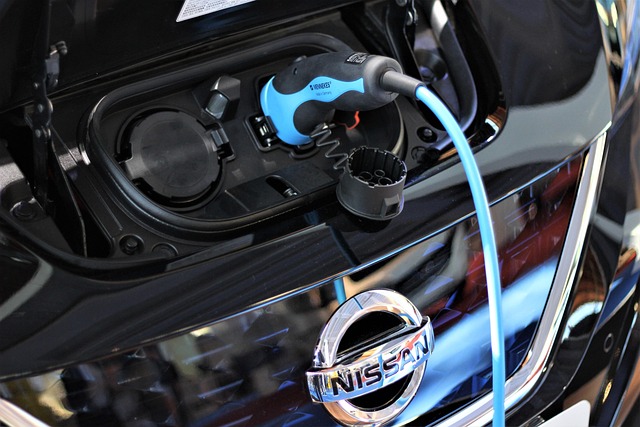The development of rural centers has always been a crucial aspect of ensuring balanced growth across regions. As communities strive to modernize and enhance their quality of life, the integration of sustainable transport solutions becomes paramount. These innovations not only address current transportation challenges but also empower rural development in profound ways.
Transport sustainability focuses on developing systems that meet the needs of the present without compromising the ability of future generations to meet theirs. In rural communities, where transportation options are often limited, the necessity for effective, eco-friendly solutions is all the more pressing. Traditional transport methods, reliant on fossil fuels and outdated infrastructure, hinder growth and contribute to environmental degradation. The shift towards sustainable transport can unlock new avenues for the development of rural centers, promoting economic growth and social well-being.
The rise of electric vehicles (EVs), shared mobility, and cycling initiatives are just a few examples of how sustainability can be integrated into rural transport frameworks. EVs offer not just a reduction in carbon footprint, but also serve as a catalyst for energy independence. By leveraging renewable energy sources, rural centers can create self-sustaining ecosystems that benefit both residents and the environment.
Moreover, the development of efficient public transport systems facilitates access to education, healthcare, and employment opportunities, all key factors in improving the quality of life. Investing in transport infrastructure can bridge the gap between urban and rural areas, allowing for an exchange of resources, knowledge, and culture. Communities that prioritize sustainable transport solutions are likely to see an increase in local businesses and higher levels of community engagement.
The challenge remains: how can rural areas adopt these sustainable transport solutions effectively? Collaborations between local governments, private enterprises, and citizens can drive this transformation. By engaging in conversations about the specific needs and limitations of rural regions, stakeholders can tailor solutions that resonate with the community’s identity while promoting environmental stewardship.
Additionally, technology plays a vital role in fostering transport sustainability. Mobile applications that facilitate ride-sharing or real-time public transport updates can make commuting more manageable and efficient. These platforms not only connect people with transportation options but also encourage communal involvement, creating a sense of ownership among residents.
The potential for the development of rural centers through sustainable transport is immense. As innovative solutions continue to emerge, the ongoing commitment to environmental and social sustainability will help ensure that rural communities are no longer left behind. By embracing these changes, rural areas can evolve into vibrant, resilient hubs of economic activity and social interaction.
In this ever-evolving landscape, it is crucial to recognize the symbiotic relationship between sustainable transport and rural development. Each step taken towards a greener transport system is a step towards building a more equitable society, where all individuals, regardless of their geographical location, have access to the opportunities they deserve. Together, we can drive progress in rural communities, paving the way for a brighter, more sustainable future.



